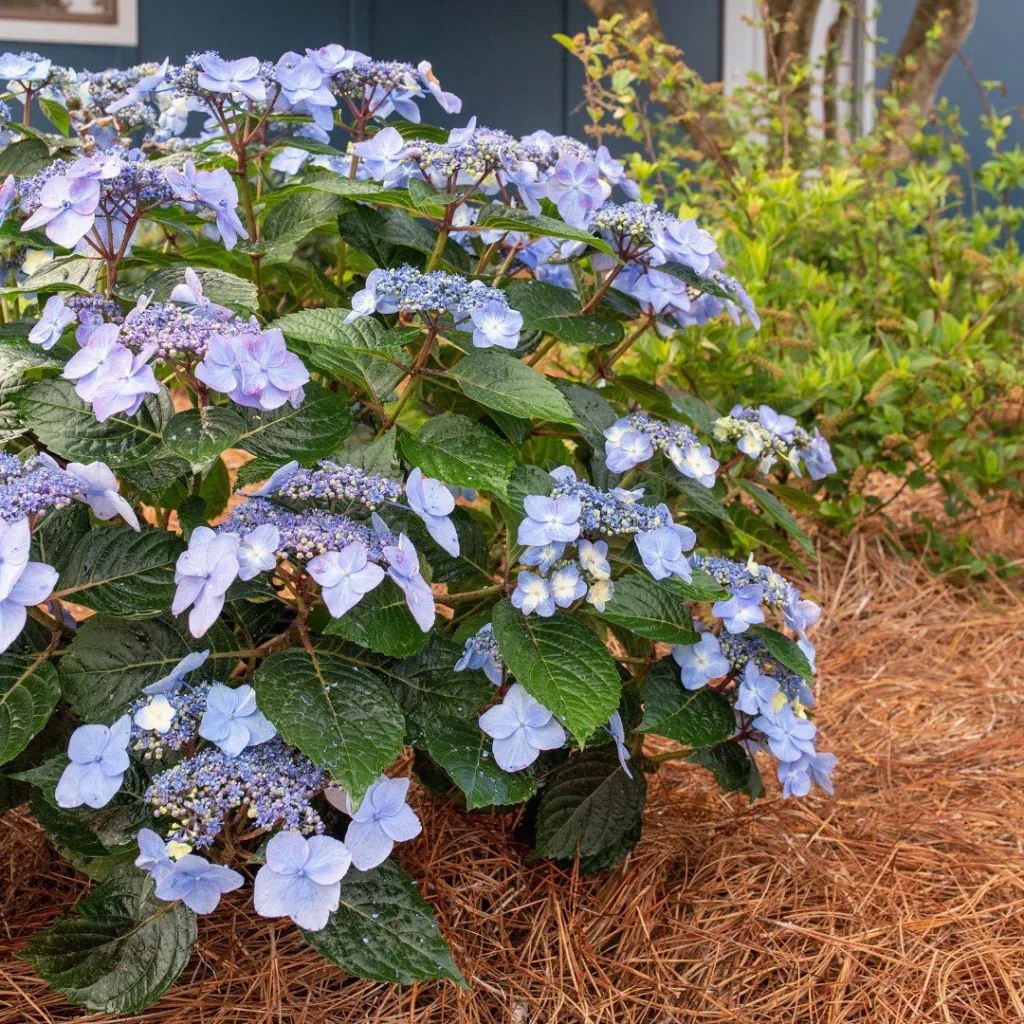FAQs about Pluchea Indica: A Guide to Indian Camphorweed
I’ve had some experience growing Pluchea Indica, and it’s always sparked curiosity. It’s a fascinating plant known for its medicinal properties and ability to thrive in different environments. Below are some of the most frequently asked questions I’ve encountered about this plant, including practical tips and insights from my personal experience.
What Is Pluchea Indica?
Pluchea Indica, commonly known as Indian Camphorweed, is a perennial shrub that belongs to the Asteraceae family. It’s native to Southeast Asia and thrives in tropical climates. This plant is well-known for its medicinal uses, especially in traditional Asian medicine, where it’s believed to offer anti-inflammatory, antimicrobial, and antioxidant benefits.
Plant Family: 1720 Genera in Asteraceae
Indian Camphorweed grows up to 2-3 meters tall, with dense clusters of small pink or purple flowers. It’s often found in coastal areas, wetlands, and even along roadsides. For me, it’s a low-maintenance plant that adds a touch of wild beauty to the garden while also being a powerful medicinal resource.
How to Care for Pluchea Indica?
Caring for Pluchea Indica is quite simple. The plant thrives in full sun but can tolerate partial shade. It prefers well-draining soil, but I’ve had success growing it in various soil types, from sandy to loamy. I’ve noticed that it’s drought-tolerant, but it does benefit from regular watering, especially during hot and dry periods.
In terms of fertilizing, I usually opt for a balanced fertilizer once every few months. However, the plant doesn’t require heavy feeding. Pruning can help maintain its shape, especially if it starts to get too leggy. I recommend cutting back the stems after flowering to encourage new growth.
How to Propagate Pluchea Indica?
Propagating Pluchea Indica can be done through seeds or cuttings. I’ve found that using stem cuttings is the easiest and most reliable method. Here’s how I do it:
- Select a Healthy Stem: Choose a healthy, mature stem with several nodes.
- Cut Below a Node: Make a clean cut just below a node using sharp pruning shears.
- Remove Lower Leaves: Strip off the leaves from the lower part of the stem, leaving only a few at the top.
- Plant the Cutting: Place the cutting in a pot filled with well-draining soil and water it thoroughly.
- Keep It Humid: I usually cover the cutting with a plastic bag to retain moisture and place it in a bright, indirect light spot.
Roots usually form within a few weeks, and the cutting can be transplanted into the garden or a larger pot.
What to Plant with Pluchea Indica?
When it comes to companion planting, Pluchea Indica pairs well with other moisture-loving plants. In my garden, I’ve planted it alongside herbs like Centella Asiatica and Bacopa Monnieri. These plants thrive in similar conditions and enhance the overall health of the garden by attracting beneficial insects. The Indian Camphorweed’s dense foliage can provide shade for lower-growing plants, making it an ideal companion in mixed herb and medicinal gardens.
Is Pluchea Indica Toxic?
To the best of my knowledge, Pluchea Indica is not toxic to humans or pets. It’s used in traditional medicine, and the leaves are often consumed in teas or applied topically. However, I would advise caution when trying new plants in herbal remedies. Always consult a healthcare professional before ingesting or using it medicinally. In my own experience, the plant has been completely safe, but individual sensitivities may vary.
What Are the Benefits of Pluchea Indica?
One of the reasons I love Pluchea Indica is for its medicinal properties. The plant contains flavonoids, tannins, and saponins, which contribute to its anti-inflammatory and antimicrobial effects. In traditional medicine, it’s used to treat fevers, wounds, digestive issues, and even respiratory ailments.
I’ve personally brewed the leaves into tea to help with indigestion and mild colds, and it works wonders. It’s also said to have antioxidant properties, which can help neutralize free radicals and promote overall wellness.
Common Problems with Pluchea Indica
Though Pluchea Indica is hardy, there are a few issues that may arise. Pests like aphids and mites can occasionally target the plant. I usually manage these with a simple neem oil spray, which has proven effective without harming the plant.
Another issue is root rot, which can occur if the plant is overwatered or planted in poorly draining soil. I avoid this by ensuring the plant has good drainage and watering only when the top inch of soil feels dry.
Comparing Pluchea Indica with Similar Plants
Some people confuse Pluchea Indica with Pluchea Lanceolata, another member of the Asteraceae family. While both have medicinal uses, Pluchea Lanceolata is more commonly found in dry, arid regions and has different chemical properties. I prefer growing Pluchea Indica because it’s more versatile and can thrive in wetter conditions.
In terms of medicinal use, Pluchea Indica is often compared to Centella Asiatica due to their overlapping benefits for skin health and wound healing. However, I’ve found that Pluchea Indica is better suited for treating respiratory issues and fevers, while Centella Asiatica excels in promoting skin regeneration and reducing inflammation.
Conclusion
Pluchea Indica is a versatile and resilient plant with a wealth of benefits. From its medicinal properties to its ability to thrive in a variety of conditions, it’s a fantastic addition to any garden. I hope these FAQs help clarify some of the common questions about this remarkable plant. Whether you’re growing it for its beauty, health benefits, or ease of care, Indian Camphorweed is a valuable plant that deserves a place in your garden.
If i die, water my plants!



